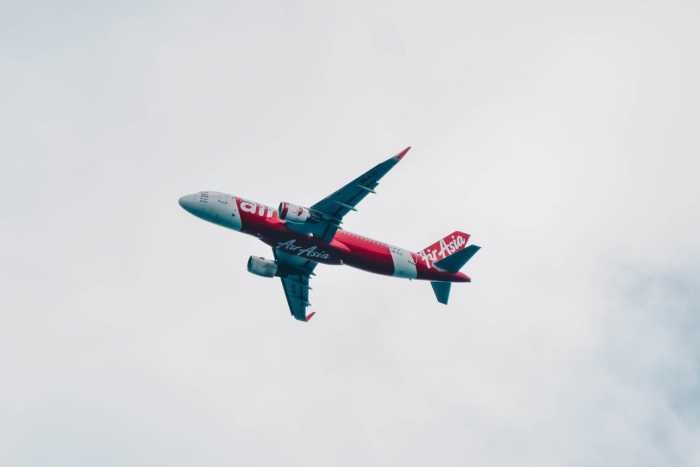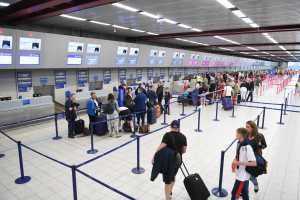
NokScoot Scales Down Expansion Plans
8th Dec 2016

Thai-registered carrier NokScoot is scaling down its fleet expansion plans after the government hit hard on the “zero dollar” inbound scams and slowed arrivals from China significantly. This caused a number of airlines with focus on the Chinese market, NokScoot being one of them, to rethink their strategies.
According to Piya Yodmani, Chief Executive Officer of NokScoot, the airline is not giving up on increasing its fleet. The medium-to-long-haul carrier will now add only two Boeing 777-200s by October, 2017, whereas the original plan was to add seven aircraft of that type.
NokScoot had a plan to use the new wide-body planes for flights between Thailand and China. Out of seven routes NokScoot is flying, six are bound for China, to mainland cities of Chongqing, Dalian, Nanjing, Shenyang, Tianjin and Qingdao. Its only non-Chinese service operates between Bangkok and Taipei.
At the same time, NokScoot is also searching for a way to minimize its dependence on the Chinese market by adding flights to the Middle East and India and tapping into those markets.
The low cost carrier (LCC) also had plans to fly to South Korea and Japan, but had to scrap those after the United Nation’s International Civil Aviation Organization (ICAO) red-flagged Thailand for a number of safety concerns.
Meanwhile, the joint venture company of Thailand’s Nok Air and Singapore’s Scoot has seen its financial results improve in the first nine months of the current year. In the period between January and September, 2016, NokScoot recorded a loss of 377 million baht, which was a significant improvement from the 917 million baht loss in the same period for 2015.
At the same time, NokScoot’s revenue for January-September period this year went up to 2.93 billion baht, while it was 529 million baht in the same period the year before.
As for the passenger traffic, NokScoot revealed plans to fly 1 million passengers in 2017. This year, the carrier had the same target, but missed it by about 200,000.
NokScoot’s good financial results for the first nine months of 2016 can be attributed in good part to the expanded flights to and from China.








